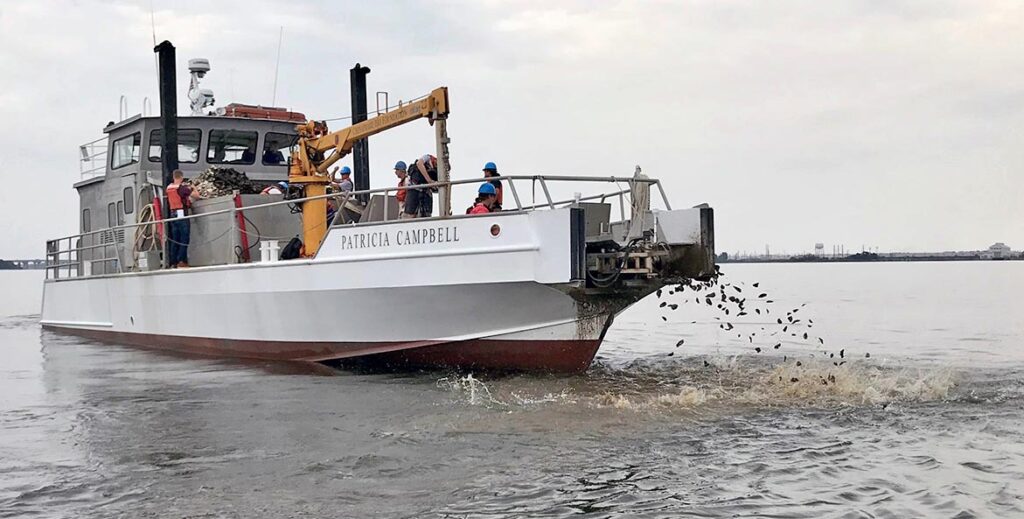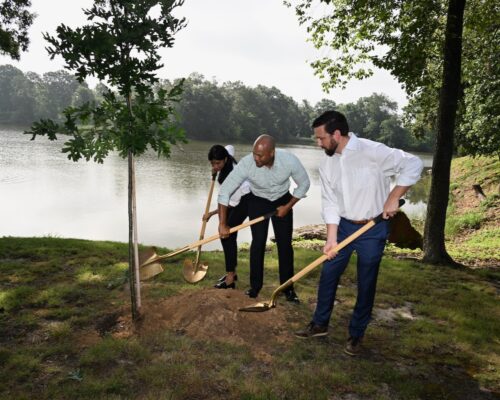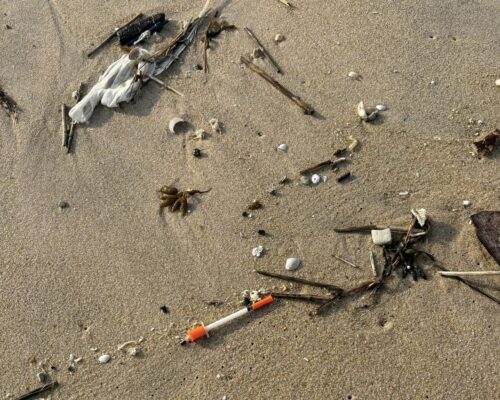Oyster restoration projects are becoming common in the Chesapeake Bay. However, a new restoration reef planned for the Hampton River is exciting, because it takes place in a busy commercialized waterway with a rich seafood history. The river used to contain one of the largest oyster shucking facilities in the Bay. Today, the waterway is considered impaired, so it will benefit greatly from the water filtering ability of the millions of oysters that are set to arrive.
Nearly $500,000 in grant funds from the National Fish and Wildlife Foundation (NFWF) gets the ball rolling on restoration reef areas, with important work from a local Historically Black University and the Chesapeake Bay Foundation.
The Hampton River extends a little over 3 miles into Hampton from Hampton Roads harbor, just west of Fort Monroe. The river was a busy colonial port in the 17th and 18th centuries… busier than Norfolk, even. The small waterway used to house a number of small seafood business that have been replaced over the years by new development. The Hampton River was the birthplace of the Hampton Cup Regatta, a speedboat race that now takes place by Fort Monroe.
The river is also famous for its gruesome display of Edward Teach’s head in 1719. Better known as Blackbeard the pirate, Teach’s head was brought to the river and put on display as proof that the pirate was in fact dead. Along its banks you find Hampton University (HU), the VA hospital, several marinas, and a downtown with museums, shopping, and restaurants.
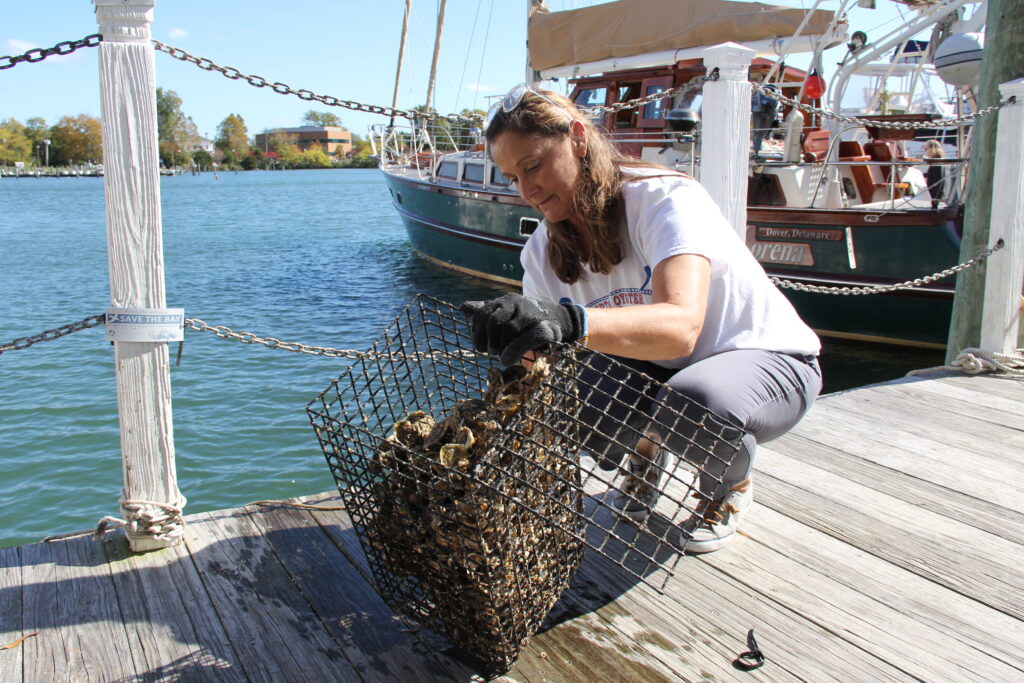
Restoration reefs will be placed over several acres of river bottom. The reefs consist of a crushed stone base topped by a layer of “spat on shell” oysters. Spat on shell are baby oysters attached to recycled oyster shells. This arrangement gives the reef a jump start by placing live oysters on the reef from the onset. Once planted, oysters grow quickly. In a few years the oysters will be grown and reproducing on their own. The spat on shell will be produced by the Chesapeake Bay Foundation’s (CBF) mobile oyster restoration center, which is a vessel that will be docked in the river for community engagement.
CBF has also involved Hampton University in the project. HU is ideally located at the mouth of the river. According to Jackie Shannon, Virginia Oyster Restoration Manager for CBF, “We have worked with HU since 2016 to conduct research on existing oyster populations. We will continue to collect data and develop monitoring plans throughout the grant and beyond.”
Preliminary examination of the river has revealed several locations that will be good sites for raising oysters. Locations with firm bottoms work well. One location, identified as H (see map), is in the river just south of the Interstate 64 crossing. It is the largest potential reef in the river at 4.3 acres. Other identified locations are smaller, from .64 to 1.35 acres. In total, environmentalists plan to restore close to 10-acres of bottom.
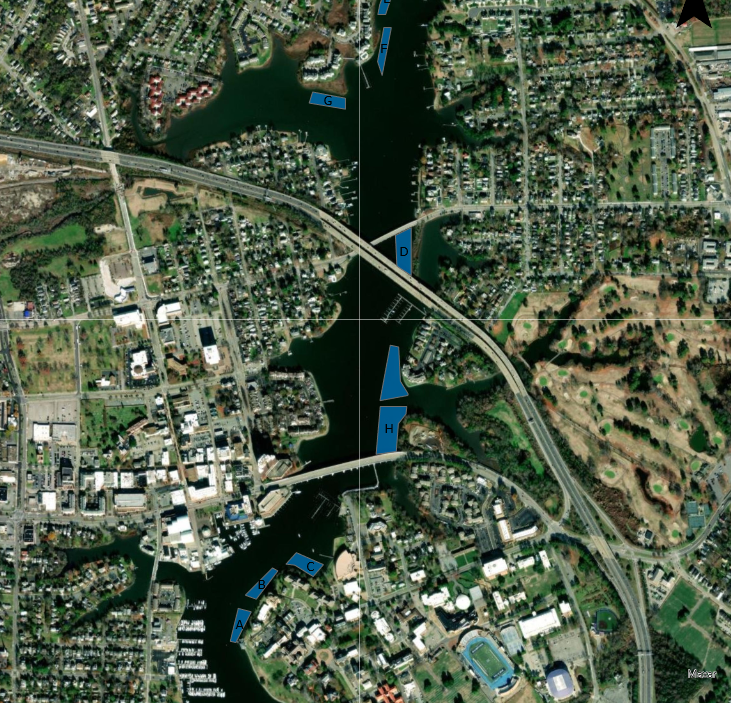
Major funding came from the National Fish and Wildlife Foundation, which awarded a grant of $494,701. According to Shannon, “These NFWF grant funds have been crucial in restoring Bay tributaries and helping the Bay become home to some of the largest oyster restoration projects in the world. We are excited to build on this momentum to get closer to the Chesapeake Oyster Alliance goal of adding 10 billion oysters to the Bay by 2025.”
Funding was also provided by Audi and private donors. Oyster shells were donated by restaurants including Fuller’s Raw Bar, Pour Girls Bar and Grill, and Baker’s Wife, through the CBF shell recycling program.
You can learn more about CBF’s oyster program at cbf.org/about-cbf/our-mission/restore/oyster-restoration/index.html.

